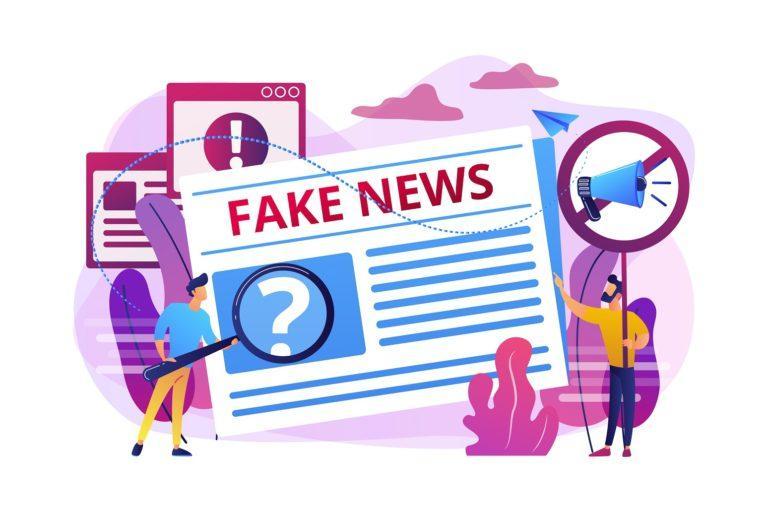We are living in the age of information. The world that we live in has turned into a global village. Everywhere we turn, there is so much information to be understood, assimilated and organized. More than half of the global population today have access to the internet and easy availability of information has become the norm. When there’s easy information, there’s a greater chance for rumors and false news to spread amongst the people. A recent study by a group of researchers from MIT has revealed that there’s substantially more chance for fake news spreading rapidly online, as compared to real news. Ever since the COVID-19 pandemic, there has been a huge amount of information present online with WHO and UN defining this phenomenon as an “INFODEMIC”. Anybody with a smartphone and a broadband connection can offer free medical advice in today’s world and its legitimacy is often never questioned. Random sharing of health tips, healthcare advice from unverified sources and information sometimes deliberately sent to mislead, like deep-fakes, pose a serious risk. Let’s all be frank. What do we do when we have symptoms of illnesses like headache or cough? Our first instinct is to whip out our phones and do a quick google search. We are then bombarded with a wide range of causes starting from a simple migraine to even scares about brain tumors. This often leads to unnecessary confusion and panic amidst the general public. This has further been amplified by the advent of short videos sharing platforms on social media like Instagram and YouTube, where people with non-medical backgrounds frequently post pseudoscience and conspiracy theories with the intent of becoming viral. To give an example, a conspiracy theory film called “Plandemic” was released in the month of May 2020 during the pandemic. It seemed to be an expert documentary detailing reports about the coronavirus outbreak. But it soon became one of the most widely watched videos about the pandemic which acutely spread misinformation on topics like treatment methods, mask usage and caution against administration of vaccines. In this age of technology and telehealth, care should be taken to distinguish genuine information from fake ones. So, what are the steps that can be taken to prevent the spread of such misinformation?
1. Paying attention to all the news that we get. Pseudoscientific facts are often quite similar to the real facts and a quick google search about the topic often gives us the much-needed clarity. The news that the general public get consists of a homogenous mix of real and fake news. It is in the hands of the public for the proper dissemination of real and legitimate news and to make informed choices about the kind of content to be shared.
2. Awareness should be created among the people living in the society. Initiatives should be taken by various stakeholders in the society for eliminating the sources of misinformation by taking appropriate steps in the right direction. Often collaborations by news agencies and social media influencers with healthcare experts in their respective domains provide authentic information to the public
3. When there’s a spread of misinformation or rumors online, the steps taken to counter it are always focused on satisfying that short term goal of resolving the issue. Efforts should be taken to plan and construct resilient infrastructure to focus on long term policies so that problems can be minimized in the future.
4. Various government and other related organizations should be urged to provide a framework to combat sources that intentionally spread misinformation, to recognize best practices to avoid such issues and to invest in health literacy programs.
5. Overall, sharing of evidence-based information should be encouraged and the knowledge shared must be regulated by the social media platforms with the help of technology or artificial intelligence-based systems.
6. Credible and trusted sources, mainly healthcare experts, must be certified, given preference and must be recommended for healthcare advice.
7. Often, fake information is shared more because of the way it is designed. To neutralize this, creative elements must be incorporated so that legitimate news had an extensive reach. During the Covid-19 pandemic, spread of fake information online had led to loss of confidence in public healthcare facilities, increase in panic among the public and widespread hesitation to get vaccinated. It had also affected every sector of the society in some way or the other. Thus, it has made us understand that collective effort from each part of the society is required to curb the growing menace of misinformation online. Medical surveys greatly help in presenting valid, original, and trustworthy information to both the general public as well as the medical fraternity.
For More Detail Visit Here : https://www.mediopinions.com/

